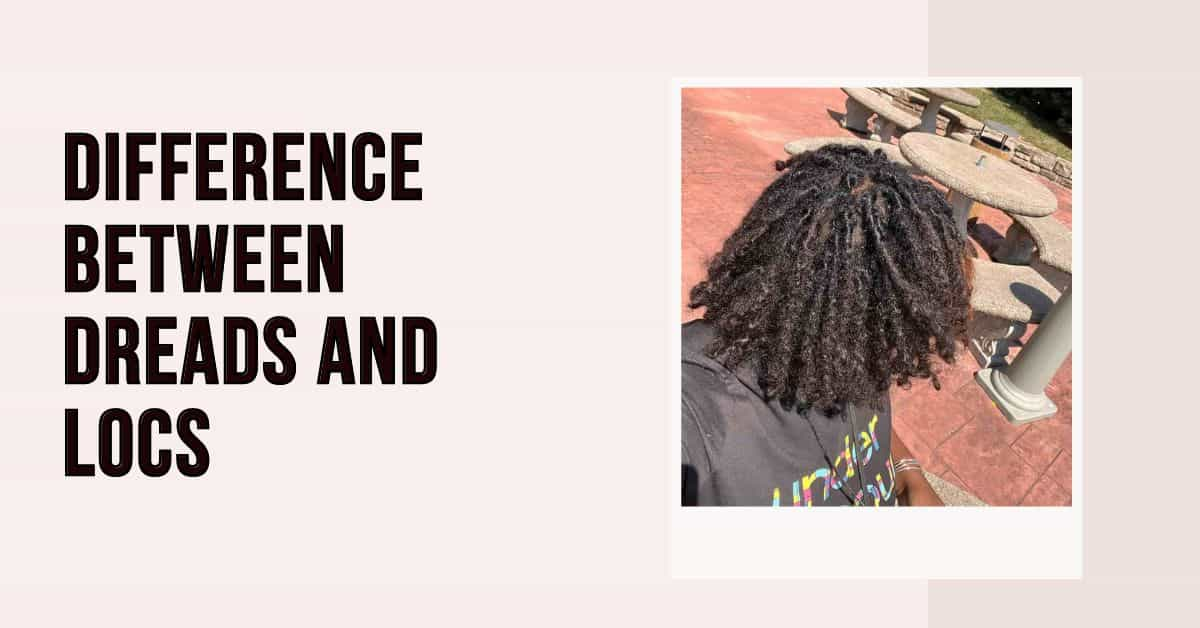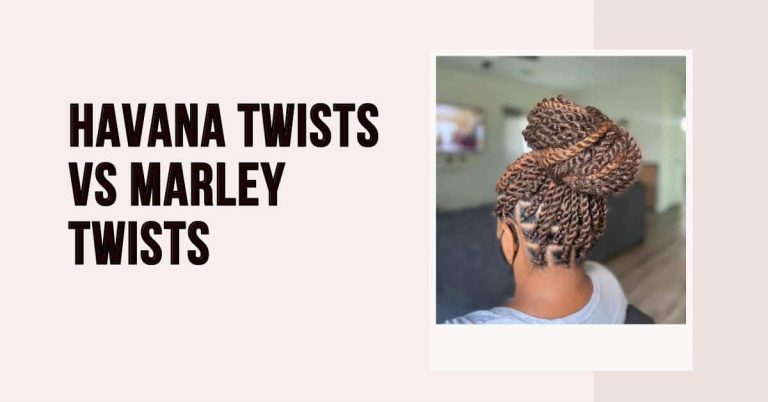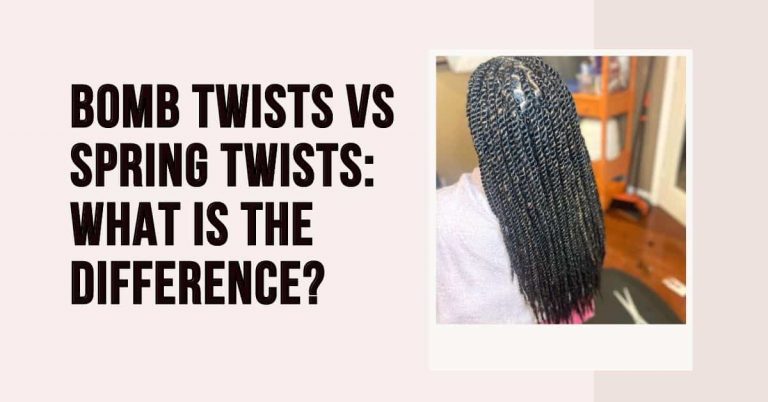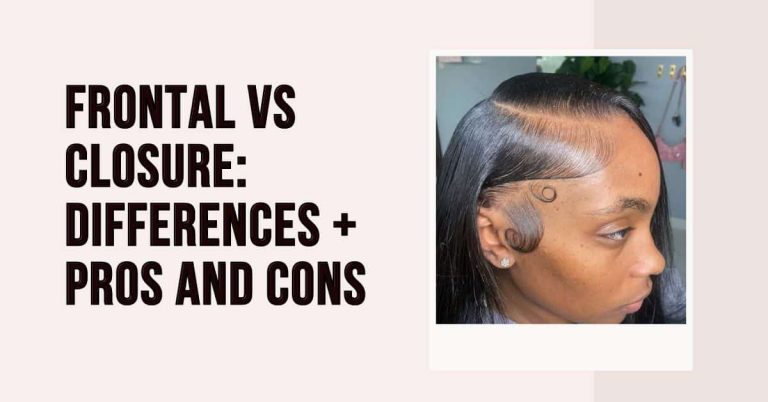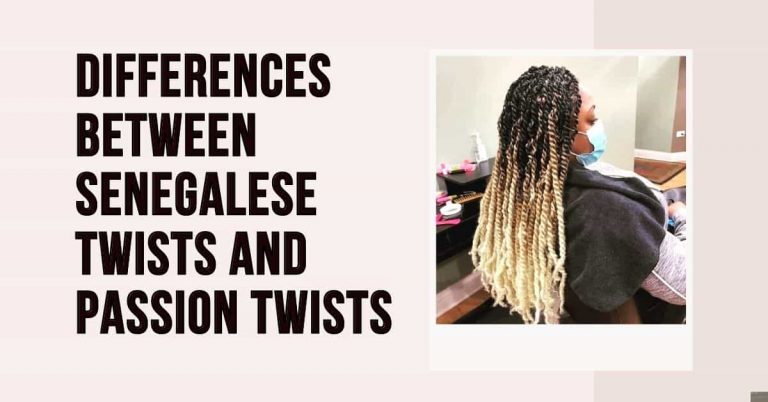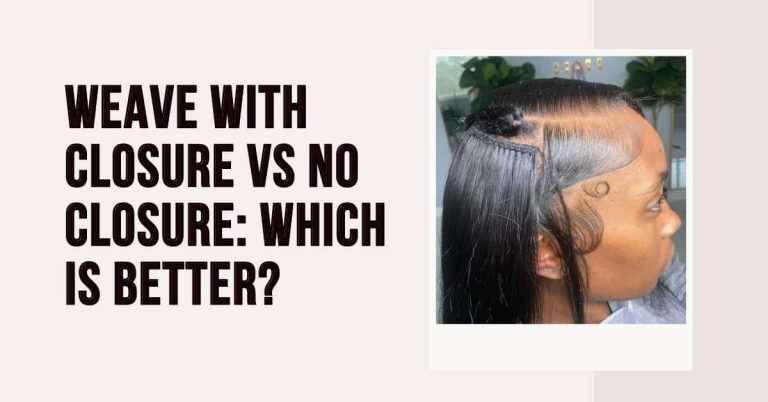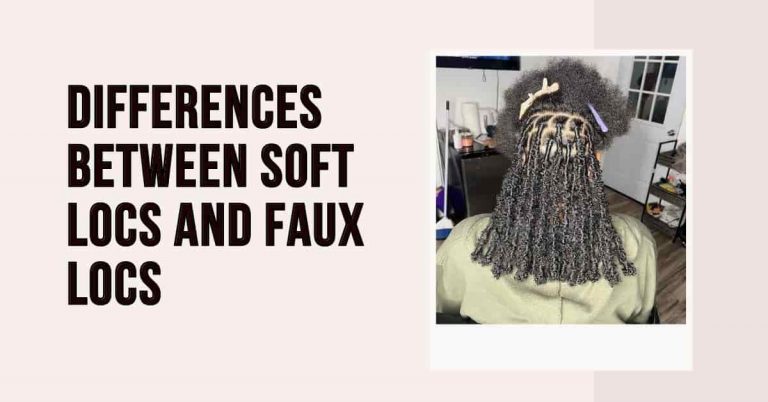What’s the Difference between Dreads and Locs?
You see the terms ‘dreads’ and ‘locs’ being thrown around a bit too often, and that may spur you into seeking the differences. If you’ve noticed, dreads look almost the same as locs, so, what is the difference between dreads and locs that makes them seem like different styles?
Dreads and locs aren’t different in how they appear physically; the difference mostly boils down to your personal perception of the style. Both terms can be traced back to ‘dreadlocks,’ and all of them can be used interchangeably to refer to the same hairstyle.
In this article, I’ll go deeper into the history of dreads and locs. You’ll learn how both hairstyles got their names, why the name has been sustained to this day, and the reason why dreads and locs seem like different hairstyles.
What are Dreads?
The term ‘dreads’ is short for dreadlocks, a hairstyle that emerged during the Jamaican Rastafarian tradition of the 1930s. It refers to a hairstyle that involves sculpting your hair into ropes, usually of uneven sizes across the entire surface of your head.
Referring to the hairstyle as ‘dreads’ is generally disliked among wearers for the history said to be associated with it. The term was said to be from the 18th-century slave trade, when Africans on slave trade voyages had differently textured and ungroomed hair which eventually grew into dreadlocks.
When Europeans got to see the hairstyle, they reportedly thought it was ‘dreadful,’ and they resorted to calling it dreadlocks. I’m not sure I want my hairstyle to be referred to by a name that was from such a history.
Over time, people started to fall in love with the dreadlocks hairstyle, paying highly to get the same hairstyle in salons. This version doesn’t look untidy in the least and is growing to become one of the most disruptive hairstyles around.
What are Locs?
Locs and dreads can be traced back to the same word: dreadlocks. From that, you should already deduce that they’re the same hairstyle, which would be true, but that doesn’t mean there’s no difference between dreads and locs.
Recall that the term ‘dreads’ was used to mean the hairstyle was dreadful, and people generally hated it being called that name. Thanks to the dislike for the terrible naming for the hairstyle, people came up with another name to refer to dreadlocks, and that name is locs.
The difference between locs and dreads will depend on your interpretation of what the hairstyle means to you. For most people, dissociating themselves from the slave trade period seems the most logical option, so they refer to the hairstyle as locs. However, most Rastafarians prefer to refer to the hairstyle as dreads to keep the spiritual connection with the hairstyle.
Pros and Cons of Dreads and Locs
At this point, you should already know that the terms: dreads and locs both refer to the same hairstyle: dreadlocks. Because of that, you should expect the same pros and cons for both, contrary to what you might be expecting going into this article
Here are some of the pros and cons of dreads, locs, or dreadlocks; whatever you chose to call them.
Pros
The main advantage of getting dreads (or locs) is that you don’t have to worry about maintenance afterward. Combing or brushing disappears from your haircare routine because you want the hair to lock together, and washing even becomes minimal.
Also, given the history of the hairstyle, we can easily conclude it’s a timeless hairstyle. It is one of the few styles that have managed to stay in vogue for so long, despite the stigma attached to it during the regrettable colonial times.
Dreadlocks could also boost your confidence since it becomes a crucial part of your identity once you decide to get them. It makes you more confident in your skin, and you’ll also be inspiring others to try out whatever they want, regardless of whatever challenge might be lurking around.
Cons
Of course, dreadlocks aren’t a picture-perfect hairstyle without any drawbacks. Firstly, you need time to make the hairstyle grow into well-defined locs, and that time could be months, or in some cases, years! If you’re not willing to wait patiently for that long, you should probably try out something else.
Also, keeping your hair healthy, while maintaining the regular dreadlocks look is like a very demanding fight. Since washing, brushing, and combing your hair too often are all disliked, you’ll have a hard time keeping dirt and lint away.
Finally, racism is still a thing, even if we don’t like to admit it. People, either deliberately or subconsciously, still discriminate against dreads, and it could make you lose opportunities. If you’re a job seeker or someone constantly on the lookout for clients in your industry, settling for a more traditional hairstyle would be a better option.
What’s the Difference between Dreads and Locs?
Dreads and locs are from the same root word, and they share a whole lot in common. Both words can be used interchangeably to refer to the same hairstyle, but due to a history of differing opinions on what qualifies as which, we’ve been able to come up with a few differences between the two.
As for dreads, they’re known for their usually untidy look, which is said to strike fear into the hearts of opponents during a war. That could qualify as an alternate etymology for ‘dread-locks.’ For most dreads, the hair locks naturally and you’ll rarely see it outside the Rastafarian world.
On the other hand, locs generally have a tidier look to them and the individual strands are well-defined at the roots. However, the hairstyle does a bad job of representing the cultural history of dreadlocks since the locs don’t look natural, they’re cultivated at a salon.
As I’ve emphasized earlier, however, you should feel free to refer to dreadlocks as dreads or locs: whatever comes to your mind. If you want to be more polite, locs is the word to use, while dreads should generally be avoided unless you’re talking to someone who refers to their hairstyle with the name.
Why are they Called Locs Not Dreads?
This article has explained a lot about this, but this question brings a whole new perspective to the entire topic. Some people ask: why is the hairstyle commonly called locs and not dreads when both names refer to the same kind of hairstyle?
If you’ve followed this article up to this point, you should already know the answer, but first, it’s crucial to point out that the hairstyle is also called dreads. Among the Rastafarians, you’re more likely to hear them referred to as dreads rather than locs.
With that said, the reason why you’re more familiar with locs than dreads is that that’s what most people call it around. Nobody is particularly excited about referring to their hairstyle as a dreadful style from the precolonial times; that’s why they’re popularly known as locs and not dreads.
Summarily, you can refer to the hairstyle as whatever suits you, as long as you’re not trying to insult anyone. Locs, dreads, or even dreadlocks; all refer to the same hairstyle, but you’ll offend a lot fewer people by referring to them simply as locs.
Conclusion
Dreadlocks, dreads, and locs are all used to refer to the same hairstyle. The hairstyle originates from pre-colonial times when British colonialists invaded countries and saw them with the locs. Since it looked untidy to them, they kept referring to the hairstyle as ‘dread-locks,’ and it has retained that name till today.
When referring to the hairstyle, however, you can use ‘locs’ in isolation to confirm you’re not insinuating that it looks dreadful. Among Rastafarians, however, the term: ‘dreads’ is still preferred since it associates the hairstyle with a more respectable history.

